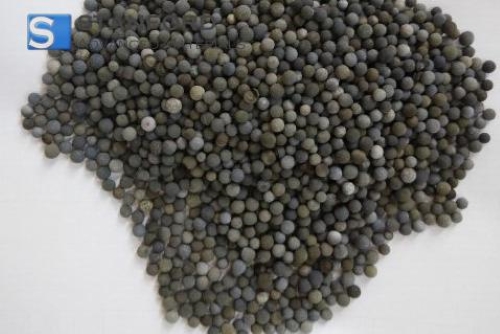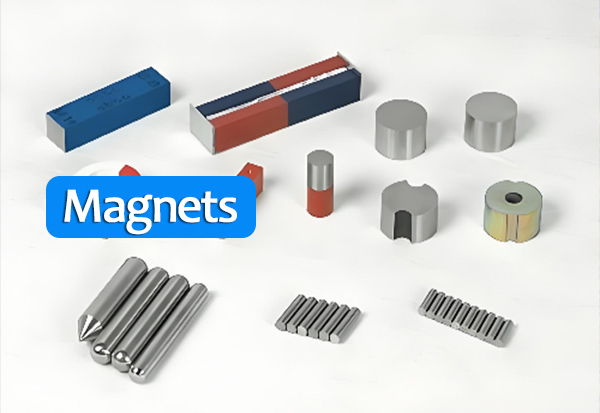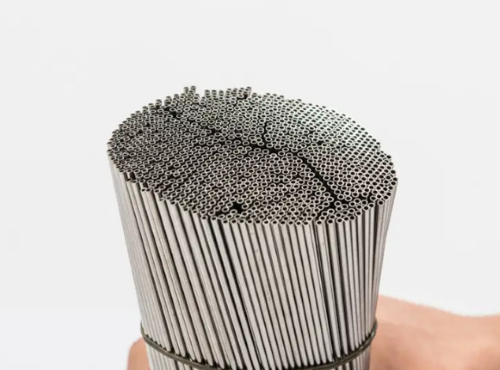How Tungsten is Used
Tungsten Applications
The melting point of tungsten is the highest of all metal elements, the density is high, and is close to the gold, the hardness of tungsten is also very high, the hardness of tungsten carbide is close to diamond. In addition, tungsten also has good electrical conductivity and thermal conductivity, low coefficient, which is widely used in alloy, electronics, chemical industry.
Alloy field
The hardness of tungsten is very high and close to gold, so it can improve the strength, hardness, and wear resistance of the steel, is an important alloying element, is widely used in all kinds of steel production, common tungsten steel are high-speed steel, tungsten steel, and tungsten cobalt magnetic steel, the steel is mainly used in the manufacture of various tools such as drills, milling cutter, wire drawing die, die and mold, etc.

Tungsten carbide base hard alloy
Tungsten carbide has high wear resistance and refractory, its hardness is close to the diamond, which is often used in some hard alloy. At present, tungsten carbide base hard alloy is the largest consumption field of tungsten, the carbide is a powder metallurgy product that is made of tungsten carbide micron powder and metal binder (such as cobalt, nickel, molybdenum) in vacuum furnace or hydrogen reduction sintering furnace. Tungsten carbide base hard alloy is generally can be divided into four types such as tungsten carbide - cobalt - tungsten carbide, titanium carbide - cobalt - tungsten carbide, titanium carbide, tantalum carbide - cobalt, and steel bonded hard alloy, the tungsten carbide base hard alloy is mainly used in the manufacture of cutting tools, mining tools and wire drawing dies, etc.
Heat and wear-resistant alloys
Tungsten is the highest melting point of all metals, the hardness is very high, so it is often used to produce strong heat and wear-resistant alloy, for example, tungsten, cobalt, chromium, and carbon alloy used to produce high strength and wear-resistant parts such as aviation engine valve, turbine impeller, etc, Tungsten and other refractory metals alloys are used to produce high strength parts such as air rocket engine nozzle.

High gravity alloy
Because tungsten has high density and high hardness, thus became the ideal material for making high proportion alloy. According to the composition, properties, and uses, the high proportion alloy is divided into W-Ni-Fe, W-Ni-Cu, W-Co, W-WC-Cu, W-Ag, and other major series, this alloy has many properties such as heavy, high strength, radiation absorption ability, thermal conductivity, and the thermal expansion coefficient, good conductive properties, weldability, and good processing, widely used in aerospace, aviation, military, oil drilling, electrical instrumentation, medical and other industries, such as manufacturing contact material balance hammer armor, fin, rudder, and control such as switch, circuit breaker, spot welding electrode, etc.

Electronic field
Tungsten is widely used in the electronics and power industry because of its high plasticity, low evaporation rate, high melting point, and high electron emission ability. For example, with the high light rate and long service life, so tungsten is widely used in the manufacture of various bulb filament, such as incandescent lamps, halogen lamps, tungsten wire can also be used in the manufacture of electronic tubes direct hot cathode, gate and a variety of electronic instruments by hot cathode heater. The properties of tungsten make it suitable for use in TIG welding and other similar materials.

Chemical field
The compound of tungsten is used as catalyst, and inorganic color, such as the two tungsten sulfide used as lubricant and catalyst in the synthesis of gasoline, tungsten oxide was used in painting, calcium or magnesium tungsten was used in fluorescent powder.
Other fields
Because its thermal expansion is similar to that of borosilicate glass, it is used to make glass or metal seals. The sensitivity of tungsten is low, so it is used to produce high purity tungsten jewelry. In addition, tungsten was also used in radioactive medicine, some instruments will also use tungsten wire.




